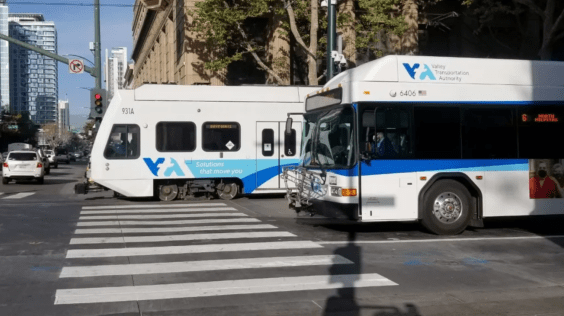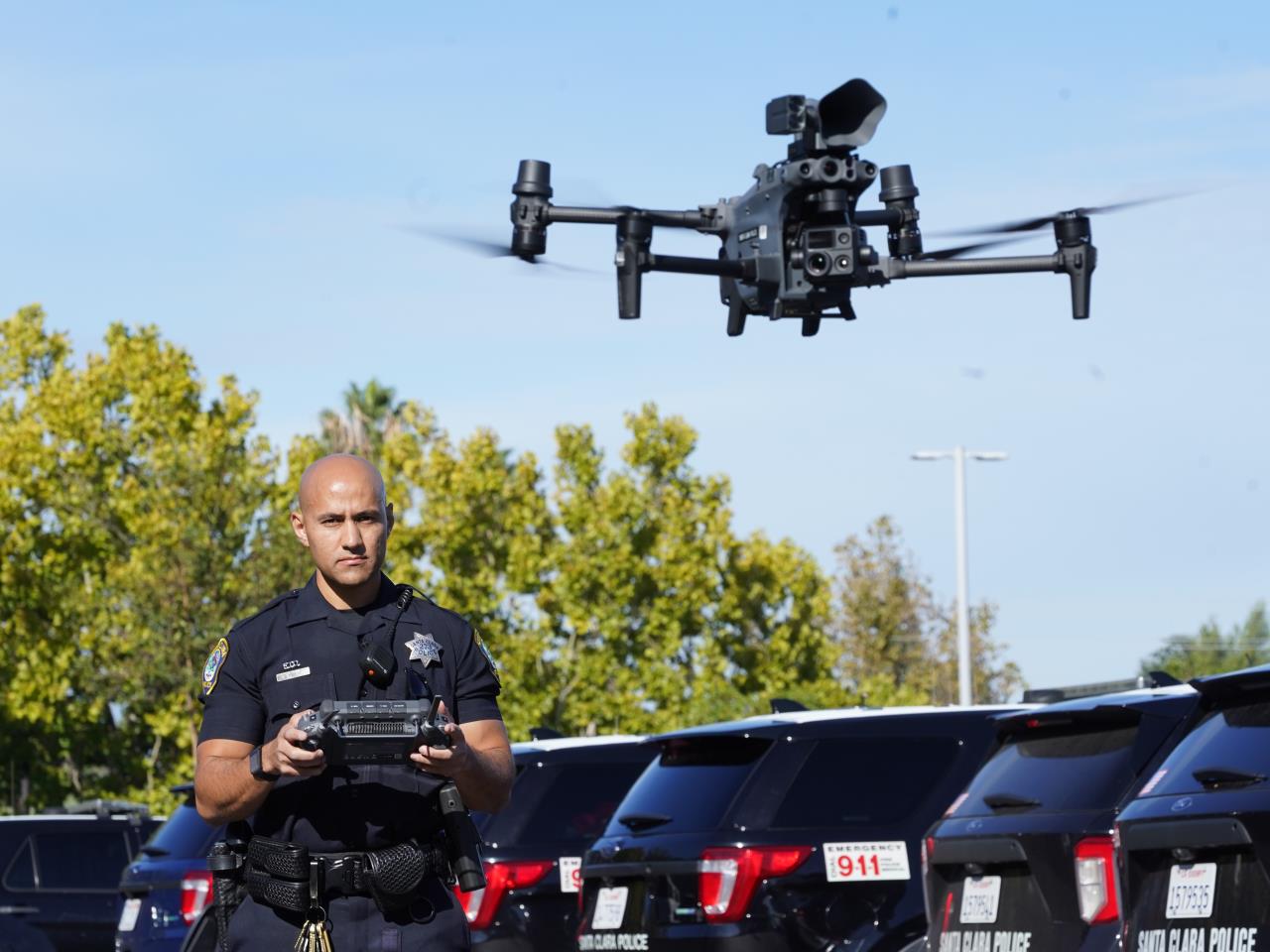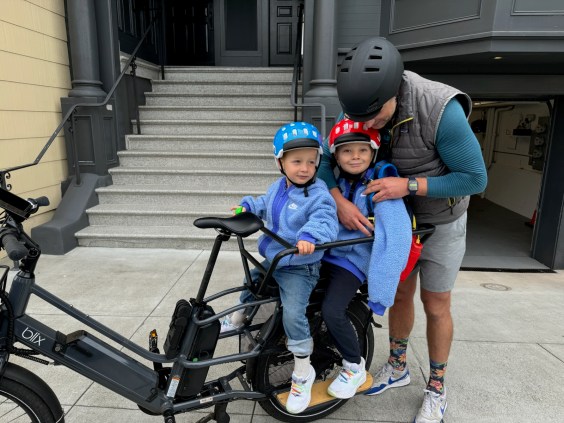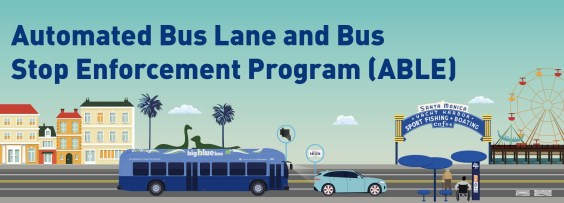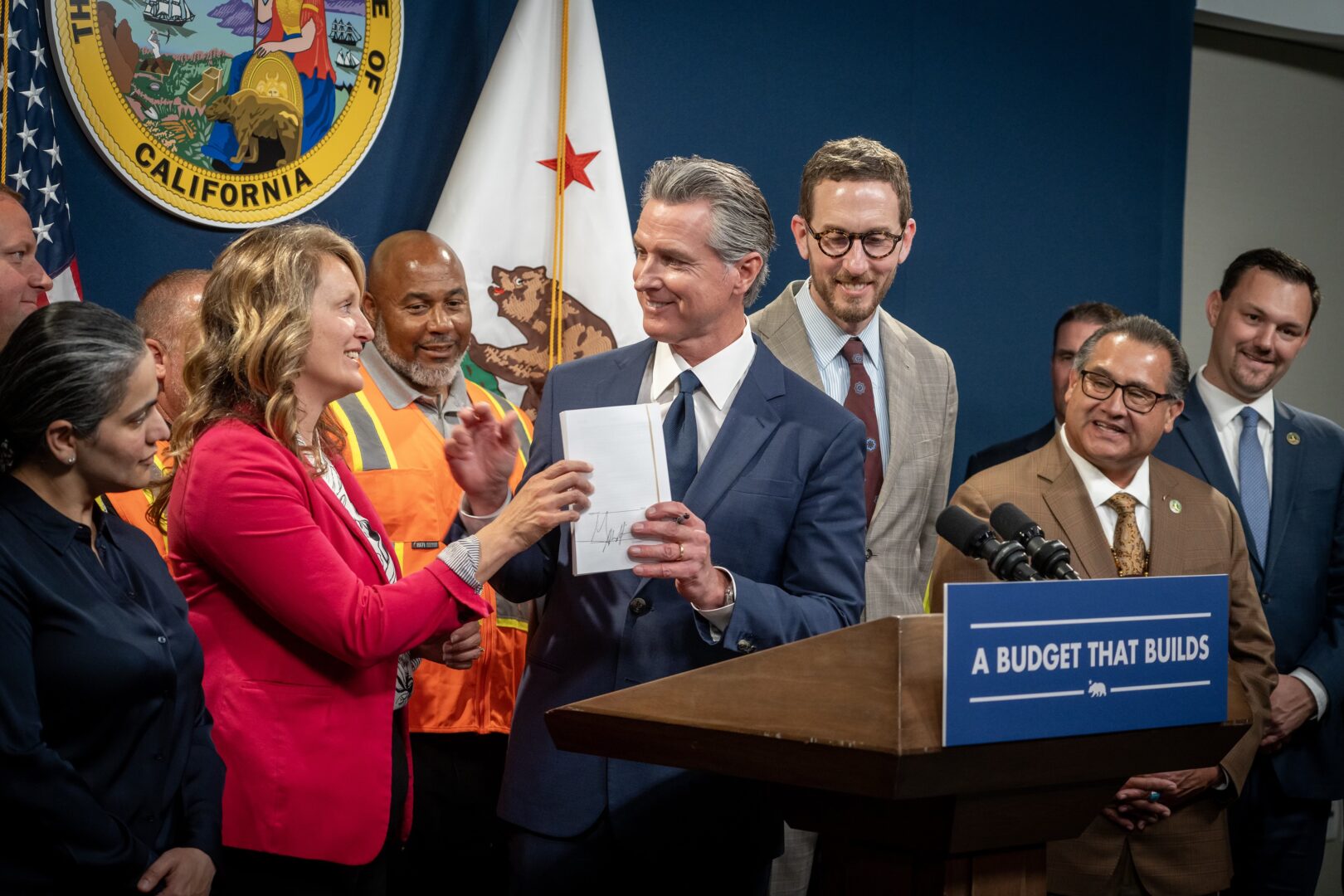A diverse group of elected officials, transit industry professionals, disability and environmental justice advocates, labor leaders, academic researchers, and students convened in San Jose this week to share thoughts about how Bay Area transit could work for the region.
The summit, called Thrive with Bay Area Transportation, was held in San Jose in recognition of its role as an economic powerhouse for the region. It was the first one of what the organizers, Move Bay Area, will be many such gatherings to engender a region-wide conversation about what public transit is and what it can be.
The point was not to come up with answers to the many serious problems Bay Area agencies face – including financial and workforce issues – but to bring together people who understand the value of public transit to share ideas and formulate a vision for the future.
San Jose Mayor Matt Mahan opened the meeting by reminding people what everyone knew – that public transit agencies currently face a “chasm” if funding cannot be found. But, he said, that chasm is temporary, and once it has been crossed the question remains of what public transportation will look like into the future.
In San Jose, a single transit agency (Santa Clara Valley Transit Authority, or VTA, runs light rail and buses) is thriving. It has not faced the extreme budget problems confronting Bay Area Rapid Transit (BART, the regional rail system) in part because it was able to adapt its services for changing ridership patterns after COVID.
There are 27 different transit agencies in the area, and that means 27 different workforce arrangements, bureaucracies, procurement procedures, schedules, budgets, fare recovery ratios, sizes and densities of areas served, etc.
Many of the panelists and participants emphasized the need for a holistic approach that recognizes that public transit is connected to housing affordability, access to good jobs, and a clean environment. That will take investment, of course, but also a fundamental shift in the way we fund transportation. “We need to fundamentally change the percent of transportation funding that goes to public transit at the federal, state, and local level,” said panelist Margaret Abe-Koga, a Mountain View city councilmember.
Rudy Gonzalez, who works with the San Francisco Building Trades, said it was important to “get away from over reliance on farebox recovery,” which is the current most common measure for a transit system that is successful, and therefore worth supporting with federal and state funds. That is, the more of its funding an agency can raise through fares the better it looks on paper.
But that has been the source of BART’s troubles when pandemic commutes suddenly disappeared. BART had one of the highest farebox recovery rates in the nation before COVID. While rider numbers are rising, commutes have shifted considerably and BART, like other agencies, has to find a way to adapt its service to new needs. But it’s a fixed-route system that was “designed to bring people downtown,” said Gonzalez, “and we don’t have those workers any more.”
The fallout from fewer commuters also means fewer jobs in other areas, including to build and operate transit agencies but also workers in downtown services and operations.
“Transformational transportation needs to focus on economic recovery,” said Gonzalez, “and it would mean good, well-paid jobs, particularly for people who need them. “In public transportation there are millions of hours of work at family-sustaining wages for people who might otherwise struggle to earn a living. I’m talking about people emerging from foster care and prisons, people who grew up in low-income areas, who can begin earning real wages on day one of their job, on a job that contributes to the communities they live in.”
Less obvious results of a good, reliable, connected public transit system is increased independence, particularly for the many people who can’t or don’t want to drive including youth, seniors, and disabled people. We tend to think of these groups as small subsets, outliers, on the margin, but there are a lot of people who don’t drive in California, and they need as much access to the goods, services, and incomes as people who do drive. According to Dylan Fabris, who was representing the San Francisco Transit Riders (SFTR), 1.3 million people in the Bay Area rely on transit. And these riders tend not to be well represented in many discussions about how to shape and fund public transportation, he said.
Over the past half century, more money has gone to cars than to public transit,” said Fabris, “including in the recent Bipartisan Infrastructure Law, which spent three times as much for highways as for transit. Think about how much money people could save if they could choose abundant transit instead of being forced to drive everywhere.”
And when we do invest in transit, because of things like farebox recovery requirements, transit agencies tend to focus on what are called “choice” riders – not the people who rely on and need transit, but people who have the choice to travel how they want. Cindy Chavez, Santa Clara County Supervisor, said that this made transit agencies especially vulnerable during the pandemic, when they had to keep operating but suddenly had to adapt to the needs of riders who were not 9-5 commuters. The pandemic was an “opportunity to reflect on our values,” she said. “We do not respect the time of people who are poor, in so many ways. We need to focus on respecting riders.”
“We also have to be intellectually honest about what we were doing versus what we need to do,” she added.
Ren Fitzgerald, a panelist who is an undergrad at UC Berkeley, talked about one way that transit agencies are working to make themselves more affordable while increasing rider numbers, which is the Bay Pass. That’s a pilot program in which certain groups – select people at UC Berkeley and a number of other colleges and large employers – were offered an all-access transit pass, which could be used to ride fare-free on any Bay Area transit system. And even though all UC students have access to a student pass on AC Transit, which allows them unlimited travel on those buses, the students who got the Bay Pass rode AC Transit forty percent more than those who didn’t. That’s in addition to their travel on other systems, including BART and Muni.
She said this is a program that needs to be expanded, and particularly among youth. “This can bring in new riders, and sustain existing riders,” she said. “Affordability and ease of access builds life-long riders among youth.”
Several panelists spoke of the different aspects of accessibility, which can include elevators but is much more than that. Wayfinding, for example, is more than just maps, said Christine Fitzgerald, a community advocate with the Silicon Valley Independent Living Center. “It’s how you interact with your environment, whether through signage or just negotiating through a system.” She said it’s important to include people with disabilities from the start of any planning, and as employees, not just volunteer advisors. “We live and breathe this 24-7, we don’t have a choice,” she said. Accessibility is about figuring out “how we can make the whole world easy to use for all of us.”
Safety, of course, is one of the keys of a good transit system, and the panelists spoke of it from different perspectives. For example, transit can increase everybody’s safety. Making sure transit is frequent and reliable will help increase ridership, and more riders means more eyes on what’s happening and safer rides especially for vulnerable people like youth and women. But it’s more than that. “I don’t drive because I’m not a very good driver,” admitted Ren Fitzgerald. Better public transit means that people who shouldn’t be driving can be off the road, which “is safer for everyone,” she said.
Nathaniel Arnold, vice president of Amalgamated Transit Union 192, also spoke of the “multi-multi-pronged approach” needed to make transit truly transformational. He spoke of psychological safety as well, describing the mental health challenges faced by the general public but also bus operators, who put their lives on the line during COVID and still are not fully protected by their employers. AC Transit, he said, got an award as Best Transit Agency. But they also were named the agency with the highest number of drivers who were assaulted by riders.
The toll on families, he said, was “unparalleled,” with divorce and suicide rates among bus operators rising at ridiculous rates. “There is no blueprint for this,” he said, referring to the creation of a safe, reliable, transformative public transportation system in the Bay Area.
“But there’s no reason we can’t do it.”
The post Summit Asks: How Great Could Bay Area Public Transit Be? appeared first on Streetsblog San Francisco.
